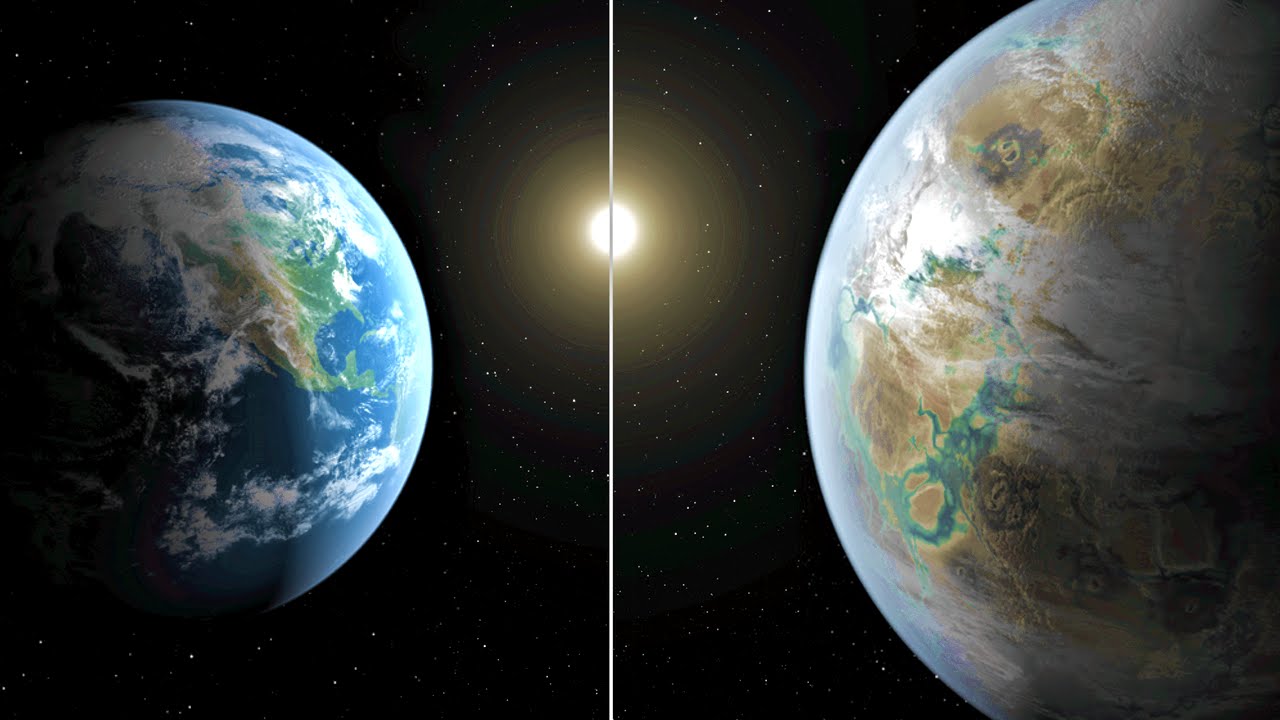NASA Is Looking for Planets that Are Closer to Home

We all know it’s not easy to follow into the footsteps of NASA’s Kepler spacecraft. Ever since it had been launched back in 2009, Kepler managed to discover almost ¾ of the over 3,700 exoplanets we know. Moreover, there are thousands others that are waiting for a confirmation.
So What Does NASA Do?
Now, NASA is taking a different approach. On April 16, they are planning to launch TESS, the Transiting Exoplanet Survey Satellite, which costed $337 million. This will analyze 200,000 of nearby bright stars with the purpose to find out other orbiting planets. Most likely, TESS will not find as many worlds as Kepler managed to, but the ones it may find could be more important than the Kepler-discovered ones.
Sara Seager works as an astrophysicist at the MIT (Massachusetts Institute of Technology) in Cambridge, and she’s also a deputy science director for TESS. According to her, they don’t care that much about the number of planets. What’s important to them is that they orbit stars that are nearby.
What Is TESS’ Purpose?
TESS wants to identify planets that are close to Earth. Why? Because the astronomers plan to explore them in great detail. The team scientists hope that the spacecraft will reveal more than 500 planets. These are twice the size of Earth and will be the starting point for decades of other studies. What’s more, they plan to look for signs of life as well.
But TESS won’t be alone. The ESA (European Space Agency) also plans to release a Characterising Exoplanet Satellite towards the end of 2018. They aim to measure the size of other known planets that are orbiting next to bright starts. Moreover, they are also planning other two missions for 2020: PLATO (which will study exoplanets the same size as Earth) and ARIEL (for the study of planetary atmospheres.
0 comments